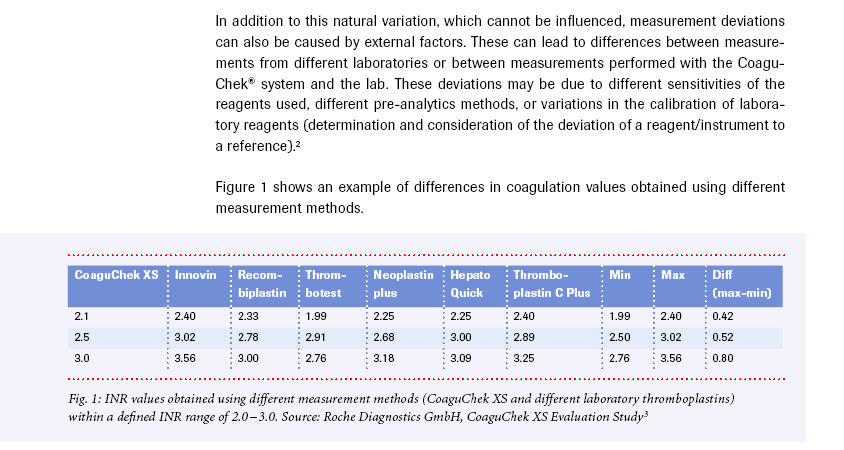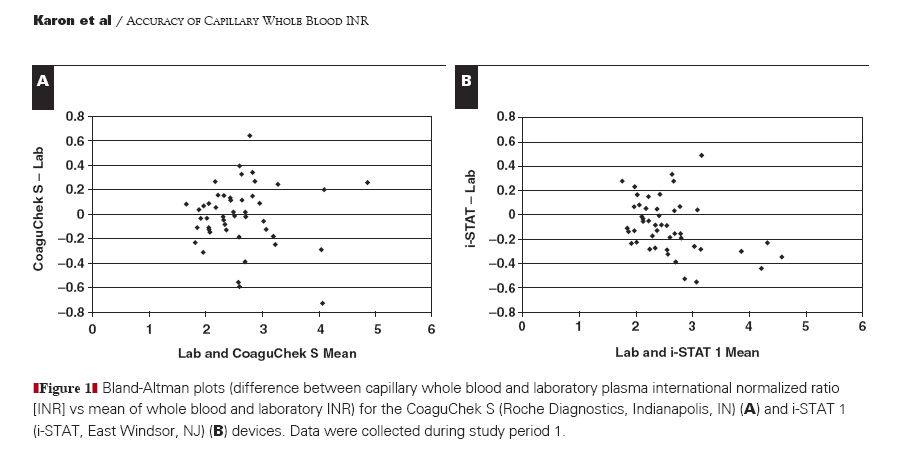I just realized that I didn't report on my blood draw and numerous tests with the Coag-Sense (and one test with the XS).
The tests on 7/17, using strips from three lots in the PT1, and two batches in the PT2, yielded an INR ranging from 2.7 to 2.8. For the two meters. and multiple strips, this is pretty impressive consistency. The only outlier was one test on the PT2 that gave me a 2.5.
At the same time (well, within minutes), the XS gave me a 3.6. Again, this is pretty consistent with what I've found when comparing the two meters (and when the INR is above 3 or so.
The lab result was a 3.4. If the lab is to be considered 'gold standard' - both meters are well within the 20% allowable difference between tests.
On 7/17, I reduced my dose to 6.0. Now, 8 days later, the PT1 gave me a 2.3, and the XS gave me a 3.0. There's more than 20% difference between the meter results. I wouldn't be terribly surprised if the lab results were 2.8 or 2.9. Regardless of which meter is closer to correct, I'm comfortable with the results (although a 2.5 would have made me slightly more comfortable. )
The tests on 7/17, using strips from three lots in the PT1, and two batches in the PT2, yielded an INR ranging from 2.7 to 2.8. For the two meters. and multiple strips, this is pretty impressive consistency. The only outlier was one test on the PT2 that gave me a 2.5.
At the same time (well, within minutes), the XS gave me a 3.6. Again, this is pretty consistent with what I've found when comparing the two meters (and when the INR is above 3 or so.
The lab result was a 3.4. If the lab is to be considered 'gold standard' - both meters are well within the 20% allowable difference between tests.
On 7/17, I reduced my dose to 6.0. Now, 8 days later, the PT1 gave me a 2.3, and the XS gave me a 3.0. There's more than 20% difference between the meter results. I wouldn't be terribly surprised if the lab results were 2.8 or 2.9. Regardless of which meter is closer to correct, I'm comfortable with the results (although a 2.5 would have made me slightly more comfortable. )
























